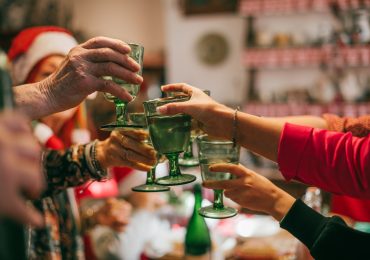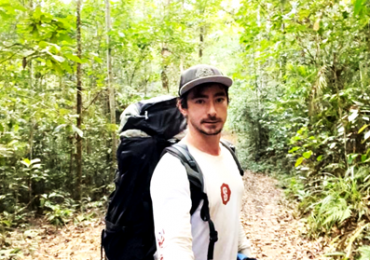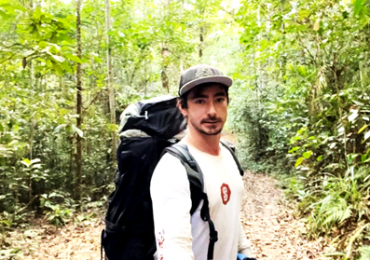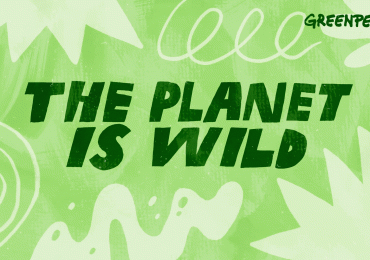Authors Rebecca Oester, Florian Altermatt and Andreas Bruder take a cold dip into Riparian forests and how they influence trophic interactions. In this blog post, lead author Rebecca, a PhD student at the University of Zurich, EAWAG and SUPSI Switzerland, shares insight behind their paper: “Riparian forests shape trophic interactions in detrital stream food webs”. She explains just how fascinating (and important!) freshwater and terrestrial interlinking ecosystems truly are in addition to bringing awareness to the cost paid by detritus-based food webs due to land use change and disturbance.
About the paper:
Most of the world’s rivers begin as small headwater streams. These streams, along with the areas of land around them (called riparian zones), are not only fascinating habitats but also hotspots for biodiversity. Many species living there rely on food from nearby forests, particularly in the form of leaf litter that falls into the water. When leaf litter falls into these streams, small invertebrates, like insect larvae known as “shredders,” break down and feed on this terrestrial resource, helping to decompose and integrate it into the food web. However, changes in land use around the world are affecting these riparian zones, disrupting the important connections between the land and water ecosystems, as well as between food sources and the species that depend on them. The aim of our study was to explore the connections between aquatic consumers, like shredders, and the resources they get from land in ecosystems where these links are especially vital. Following the idea that “you are what you eat,” we wanted to see how the type of vegetation along the stream affects what shredders eat and how they feed.
Caddisfly larva from the family Limnephilidae in its
self-made case of leaf litter disks. (Credit: Rebecca Oester)
Rebecca in her element (Credit: Andreas Bruder)
About the Research
We conducted a field experiment by placing leaf litter in both forested and non-forested headwater streams and allowed it to be naturally colonised by microbes and shredders. To understand the flow of carbon from leaves to shredders, we analysed both the elemental composition and carbon tracers (such as stable isotopes) within the food web. Our results showed that changes in the riparian forest directly impacted what shredders eat and how they feed. Surprisingly, we found that changes in the riparian forest affected leaf litter and different shredder species in different, sometimes even opposite, ways. This means that if forests are cut down or altered, the food web in the nearby stream changes as well. Some shredders have very specialised diets and cannot switch to other food sources.This leads to a mismatch between the available food and the needs of these sensitive animals. This finding is crucial because it shows that the effects of deforestation can cascade across ecosystem boundaries and that these species are highly sensitive to such changes. Many of the species we studied are already endangered due to land use changes and intensification, highlighting the urgent need to understand how to better protect them and their habitats.
Rebecca trying to sort field equipment challenged by typical Swiss field conditions. (Credit: Sabrina Lötscher)
About the author
I am a PhD student in Switzerland and like many ecologists, I am simply fascinated by nature’s ingenuity and diversity of multifaceted life strategies and interactions. Studying aquatic and terrestrial biodiversity, I have developed a particular interest in community ecology and food-web dynamics of arthropods on land and water. Driven by curiosity about the nature around me, I am eager to better understand how species dynamically interact with their environment. I am passionate about sharing my enthusiasm for biodiversity with others and especially the next generation of scientists and the public. I hope my research contributes to our shared understanding of the drivers and mechanisms of ecosystem dynamics and eventually the protection and restoration of biodiversity. More information about me and my research can be found here.
Like the blog post? Read the research article here.
Leave a comment






